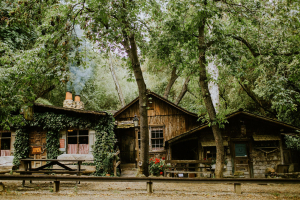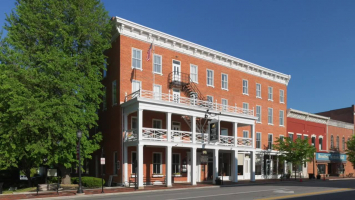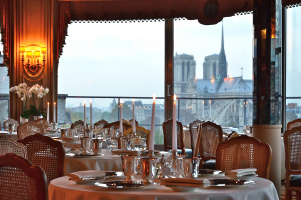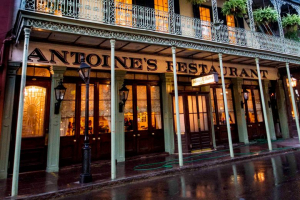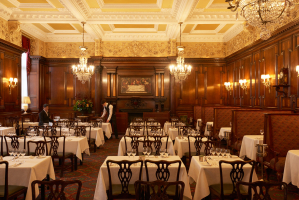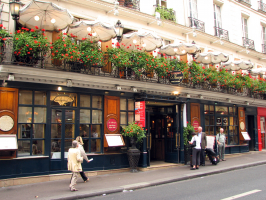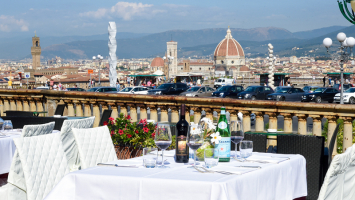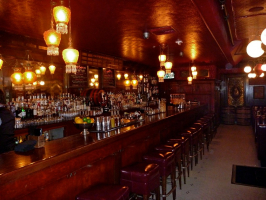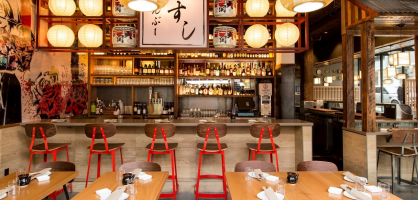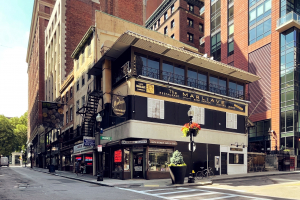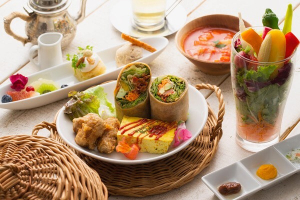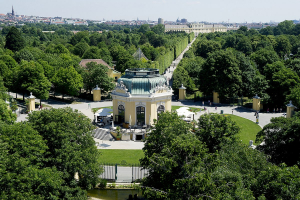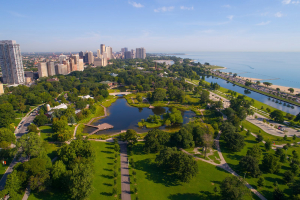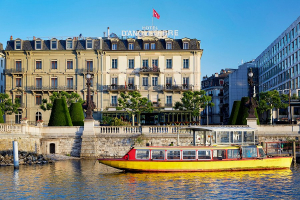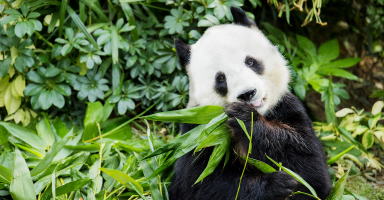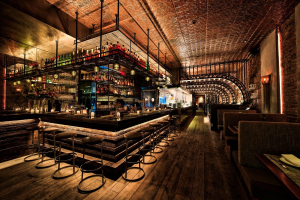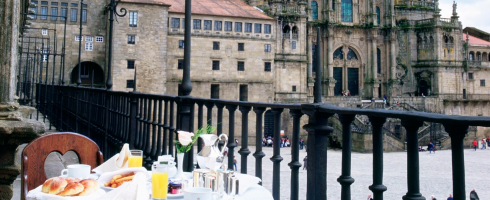Top 8 Oldest Restaurants in Japan
The world's oldest restaurants are not only places to eat, but they also bear the mark of time. There are some restaurants that are thousands of years old, ... read more...these restaurants have extremely unique characteristics. Let's explore the oldest restaurants in Japan with Toplist!
-
The first position on the list of the oldest restaurants in Japan is Honke Owariya. In Kyoto, Honke Owariya was established in 1465 as a confectionary selling soba (buckwheat) rice cakes. The sweet red bean paste was wrapped in a dough consisting of buckwheat flour, eggs, and sugar for the rice cakes, which quickly gained popularity throughout the city.
After being established in Kyoto, Honke Owariya started providing buckwheat flour and buckwheat noodles to Buddhist and Zen temples. The temple priests initially manufactured their own noodles, but when demand grew to an unmanageable level, they turned to city confectionery businesses, which already possessed the necessary abilities (specifically, the ability to knead, roll, and cut for the job).
Honke Owariya also had the privilege of supplying soba to the Imperial Household, solidifying its position as one of the most prestigious soba producers in the city. The restaurant is still a popular destination today. The proprietors claim that the water used to prepare the dashi, or soup stock, contains the secret. A sizable subsurface water resource is present in Kyoto. Honke Owariya draws the pure water from its own well and uses it to create its dashi. All other forms of cooking, such as kneading and boiling soba, use the same amount of water.
Location: 322, Niomontsukinukecho, Nakagyo Ward, 〒604-0841 Kyoto, Japan
Phone: +81 75-221-6080
Website: honke-owariya.co.jp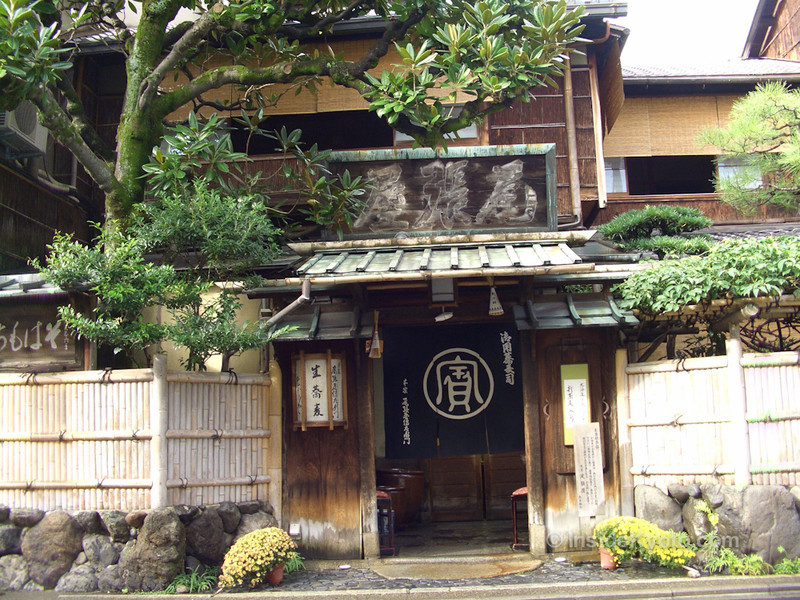
Photo: insidekyoto.com 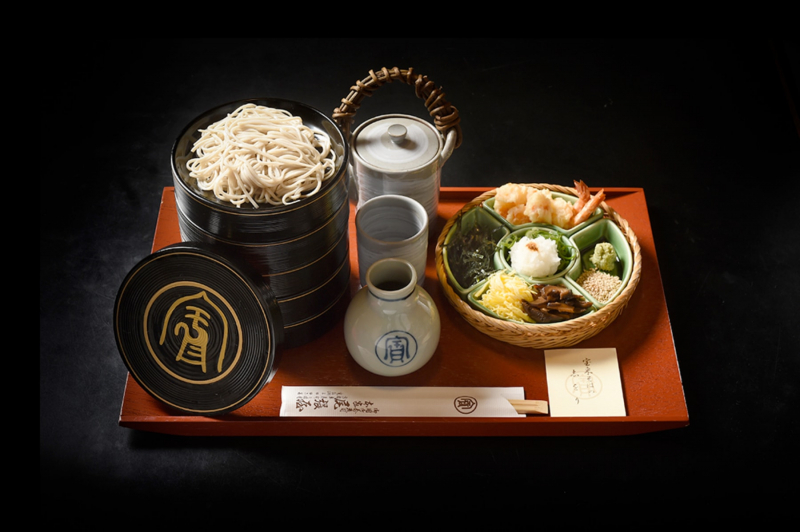
Photo: honke-owariya.co.jp -
One of Japan's oldest eateries, Heihachi Jaya, was established in 1576 and is situated on the Takano River bank in Kyoto City, Kyoto Prefecture. Famous literary works and Kyogens, traditional comedic theater productions, both featured the establishment. Heihachi Jaya has a traditional clay sauna and is also a guesthouse. Enjoy a lunch of grilled freshwater fish and barley rice while unwinding in the sauna and taking in the beauty of your surroundings. You can only have these experiences at Heihachi Jaya.
Along with Tomomi Iwakura, one of the key figures of the Meiji Restoration, Shiki Masaoka, Kyoshi Takahama, Soseki Natsume, and Rosanjin Kitaoji, many other well-known writers and artists have attended their institution. In their novels and journals, Heihachi-Jaya is mentioned. A performance called "Yamabana Tororo," which was inspired by and takes place at their restaurant is included in Mibu-Kyogen, a type of Japanese traditional performance presented annually at Mibudera-temple.
You may enjoy cherry blossoms in the spring and the vibrant maple leaves in the fall in its Japanese garden. The 400-year-old Kigyumon Gate, which was moved from a Zen Buddhist temple, is located at the entrance of Heihachi Tea House Inn. You are greeted at the gate by waiters who are dressed in vintage fashion.
Location: 8-1 Yamabana Kawagishi-Cho, Sakyo-Ku, Kyoto 606-8005 Kyoto, Japan
Phone: 075-781-5008
Website: heihachi.co.jp
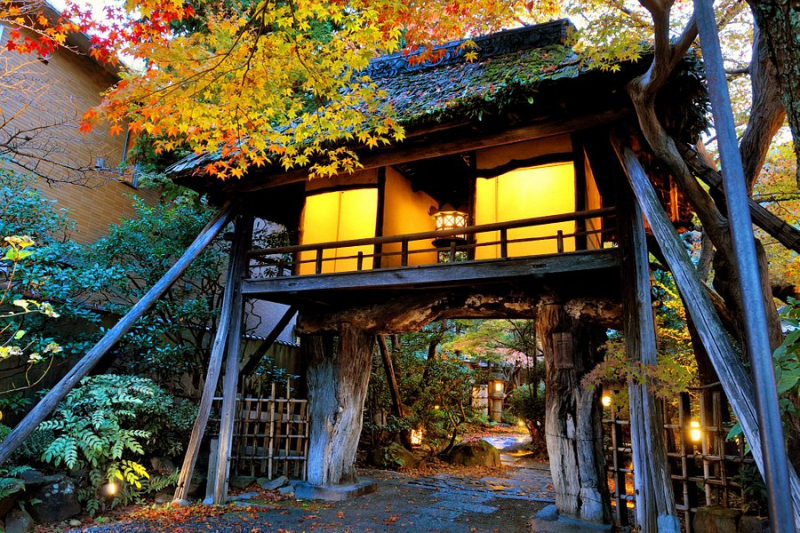
Photo: tripadvisor.com 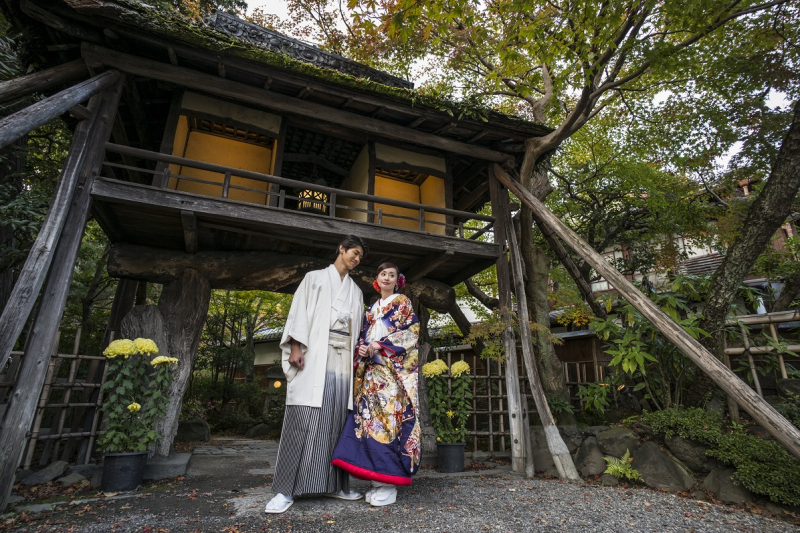
Photo: wedelf.com -
The Tokaido Highway, one of the five main thoroughfares in Japan during the Tokugawa and Edo periods, runs through Shizuoka and passes by Chojiya. When Chojiya first opened in 1596, it offered tororo-jiru and tea to soldiers and bystanders. One of the best ukiyo-e painters of the Edo era, Hiroshige, even honored the eatery in a painting. The centerpiece of Chojiya's cuisine continues to be tororo-jiru, a shredded wild yam dish that is frequently eaten with rice or noodles. Today, you can walk in the footsteps of the ancient road and eat a bowl of the local cuisine. Chojiya is one of the oldest restaurants in Japan.
At least 400 years have passed since tororo-jiru (grated yam soup) was first served at Chojiya in Mariko, the 20th station of the Old Tokaido Highway made famous by Utagawa Hisroshige's (actual name: Ando Hiroshige) wooden prints. In reality, Chojiya is frequently mistaken for the inn depicted in Hiroshige's woodblock print. The specialty drinks and tororo-jiru at Chojiya are produced from carefully chosen ingredients, starting with natural yam that is grown with nearby farmer partners.
Location: 7 Chome-10-10 Mariko, Suruga Ward, Shizuoka, 421-0103, Japan
Phone: +81 54-258-1066
Website: chojiya.info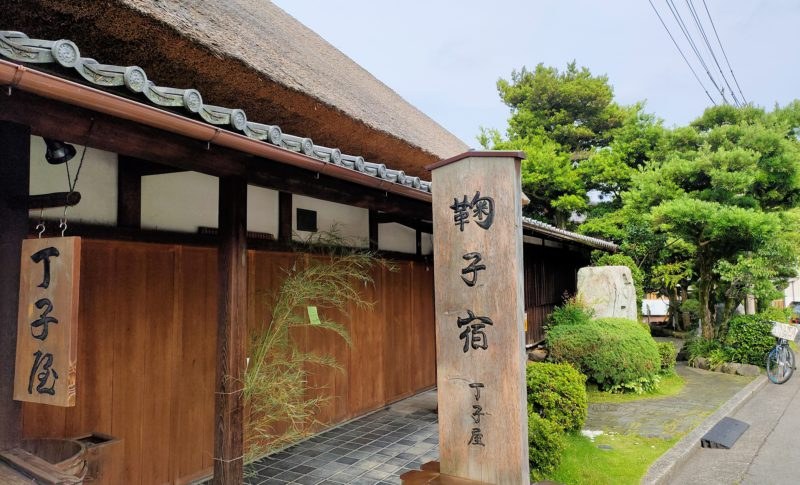
Photo: shizouka - tour.com 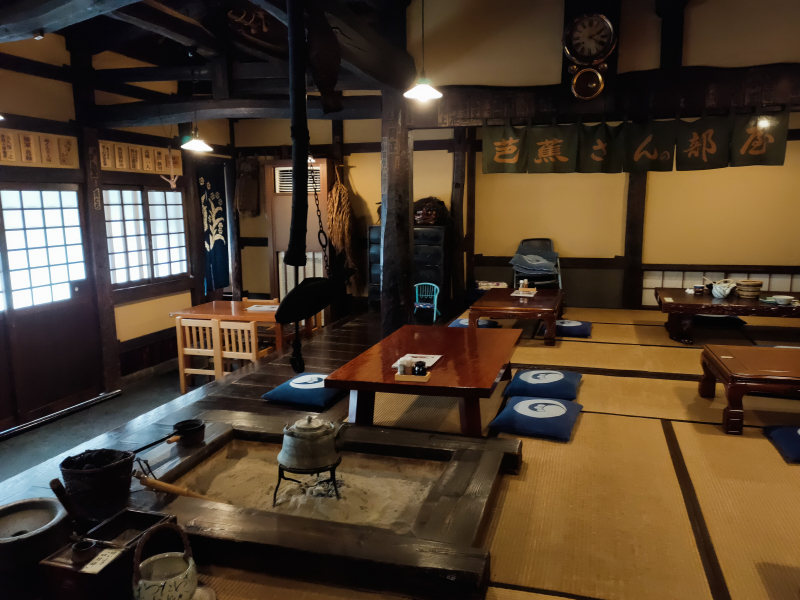
Photo: shizouka - tour.com -
The next position on the list of the oldest restaurants in Japan is Okutan Higashiyama. Vegetarian eatery Okutan Higashiyama has been manufacturing its own tofu since 1635 to guarantee daily freshness. After that, the tofu is transformed into delectable recipes that even non-vegetarians will love. You won't be disappointed if you try the boiled tofu and sweet potato soup with sesame tempura and crunchy pickled vegetables here.
Yu-dofu in simmering pots with vegetable tempura and grilled tofu with miso sauce are Okutan's specialty. The tranquil landscape, which the temple overlooks, along with the meal, which embodies centuries of culinary heritage, are what lure tourists to Kyoto.
Okutan is close to the intersection of Sannen-zaka and Ninen-zaka. Okutan might be a good option for lunch if you visit Kiyomizu-dera early in the day, which is advised because the famous temple gets packed later in the day. To avoid the line, arrive by 11:00. If you arrive early and there are lots of seats available, pick a seat close to the door to enjoy your meal while admiring the lovely grounds outside. Higashiyama Okutan also provides tofu-making workshops so that you can prepare some of your own delectable delights for a genuinely distinctive customer experience.
Location: 340 番地 3-chōme, Kiyomizu, Higashiyama-ku Kyoto, Kyoto, 605-0826, Japan
Phone: +81 75-525-2051
Website: tofuokutan.info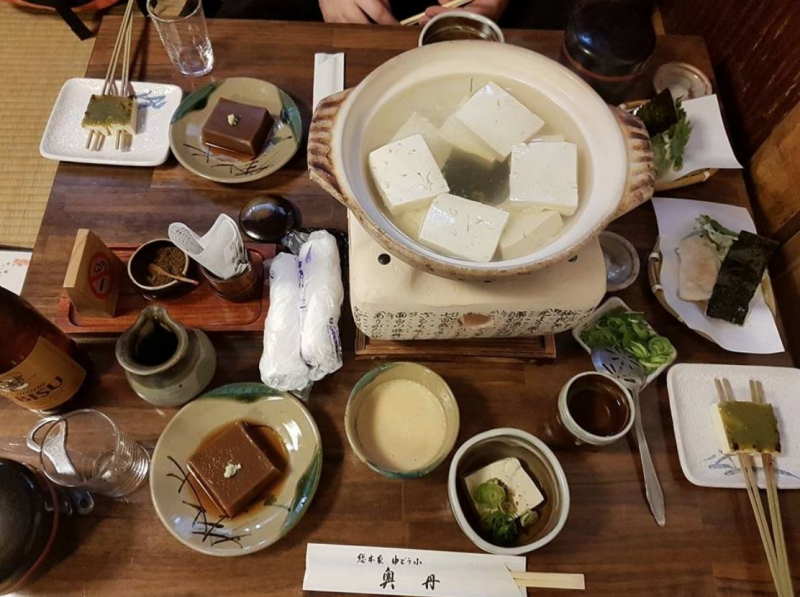
Photo: tripadvisor.com 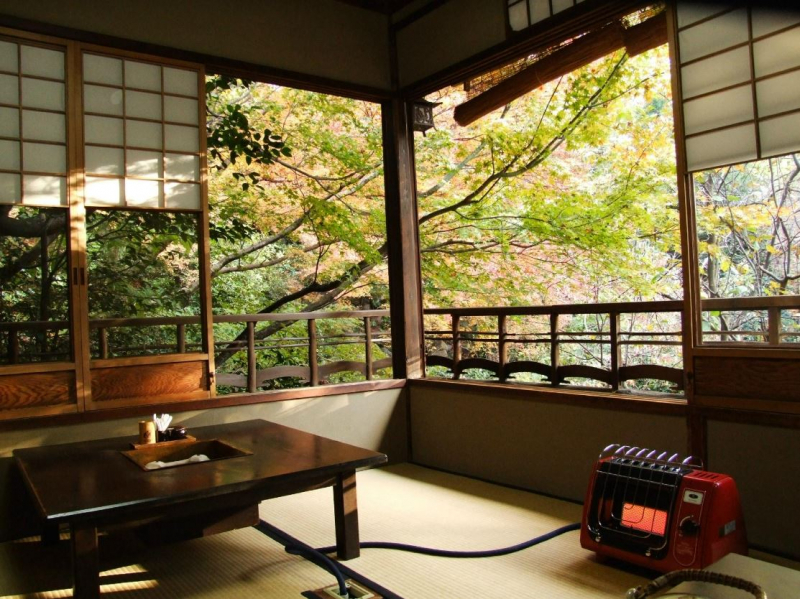
Photo: tripadvisor.com -
The Maruyama neighborhood, where Kagetsu is located, was recognized as a red-light district in the 1600s, making it the only Japanese city that foreign merchants were permitted to access in the infamously remote nation. It was originally founded in 1642 as a luxurious geisha house. The Hiketaya brothel in this area housed Kagetsu, which was first a tea shop. When Kagetsu started as the restaurant it is today, Nagasaki Prefecture certified it as a historical landmark in 1960.
Currently, Kagetsu is still the must-visit place to sample shippoku food, a delicacy that celebrates Nagasaki's cosmopolitan identity. Nagasaki cuisine illustrates the invasion of flour and sugar that were infrequently seen in the rest of the country at that time because the city served as the historical gateway to Japan, a notoriously closed-off nation at the time. At a circular table, food influenced by the cuisines of the Chinese, Dutch, and Portuguese is presented. Unlike the well-known Kaiseki cuisine of Kyoto, which is presented one dish at a time, the courses at Shippoku are served family-style, in courses of several dishes at once, each of which is a depiction of the diverse landscapes from whence the materials originated.
Location: 16-3 Oaki Higashimachi, Toba 517-0022, Japan
Phone: +81 599-26-5252
Website: kagetu.co.jp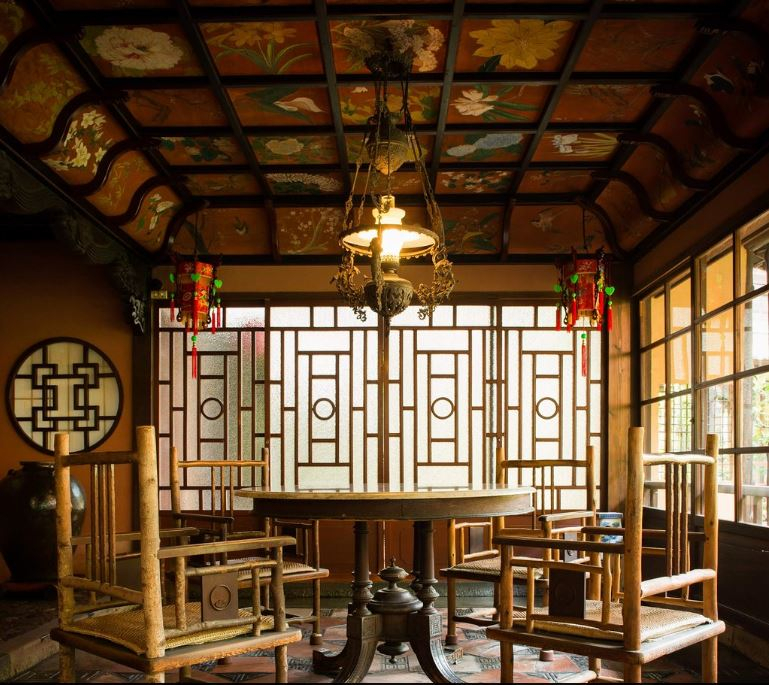
Photo: tripadvisor.com 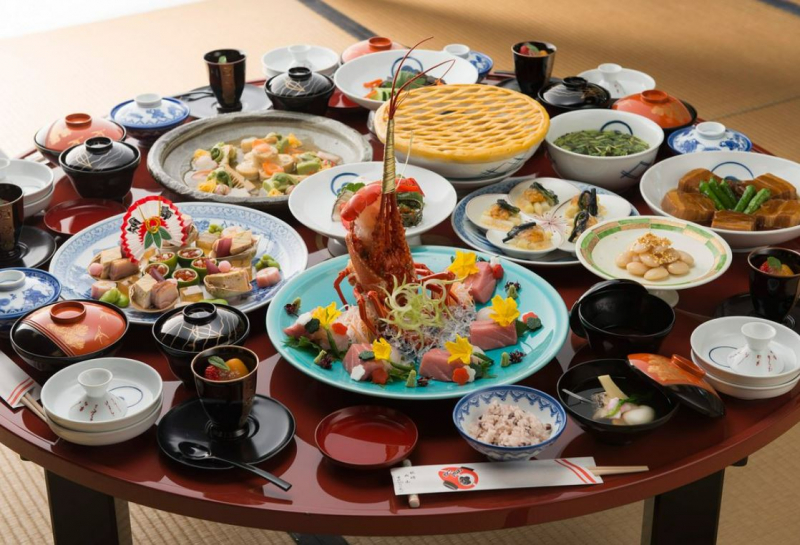
Photo: tripadvisor.com -
Asada has nearly 350 years of history (it was founded in 1659), is one of the few restaurants in Tokyo selling authentic Kaga ryori, and gets all of its ingredients from Kanazawa. These are prepared into a broad variety of tiny dishes that may be ordered à la carte and include sansai from Mount Haku and seafood from the choppy surf of the Sea of Japan. Don't pass up the Jibu-ni stew, which features bran cakes in the Kanazawa style and stewed duck meat.
A ryotei, or opulent, elegant traditional restaurant, is Akaska Asada. It may arrange for live entertainment, including as geishas who perform traditional dances and musical performances, and it also includes meeting and function facilities. Your experience at Akasaka Asada will be distinguished by refined service, expertly prepared food, and an outstanding setting.
With table seating for two to eighty people and Japanese tatami style, Akasaka Asada includes fourteen private rooms. Eight private rooms at Aoyama Asada can accommodate two to forty guests. There are also counter seats available. On request, a geisha service can be set up. Branch in Otemachi features four private rooms.
Location: 3 Chome-6-4 Akasaka, Minato City, Tokyo 107-0052, Japan
Phone: 03-3585-6606
Website: japanrestaurant.net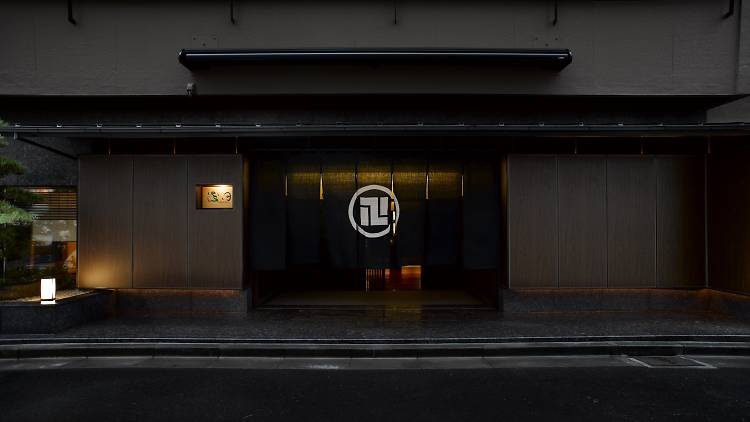
Photo: timeout.com 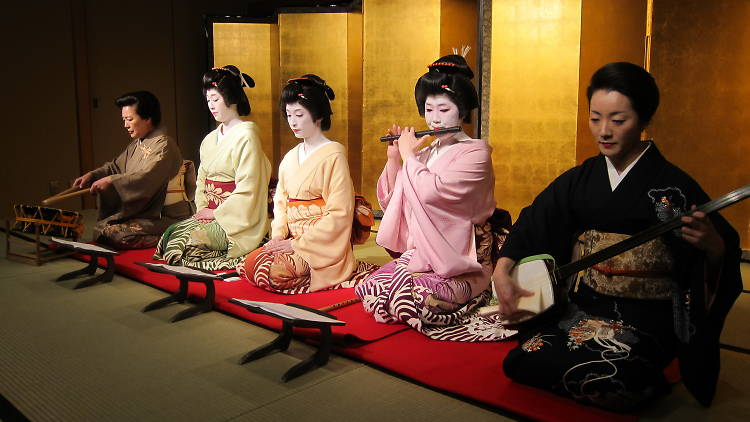
Photo: timeout.com -
Harise was established in 1659 and is situated in an area with historical remnants. It is a well-known restaurant that has a lengthy history. It first served as a tiny teahouse for those visiting the neighboring temple. Kyoto is definitely worth a trip because of the astounding quantity of centuries-old eateries there. Harise has been in operation for more than 350 years and offers traditional Japanese fare in a refined environment. Small and quiet eating places make it the ideal location for a chic, private dining experience.
Harise offers lunch or dinner in the Kaiseki manner, often with dozens of dishes. Each meal is prepared with the utmost attention to detail in terms of flavor and presentation, and it is given to each diner on a separate plate. This is the destination for you if you appreciate beauty in even the smallest of details. The fact that this restaurant accommodates the interests of each patron is another reason why the locals adore it. They are able to continue to create hospitable foods with a real heart because they refuse to adopt the "We can't do it" mindset.
Location: Japan, 〒605-0911 Kyoto, Higashiyama Ward, Daikokucho, 袋町 294
Phone: +81 75-561-1017
Website: pocket-concierge.jp

Photo: pocket-concierge.jp 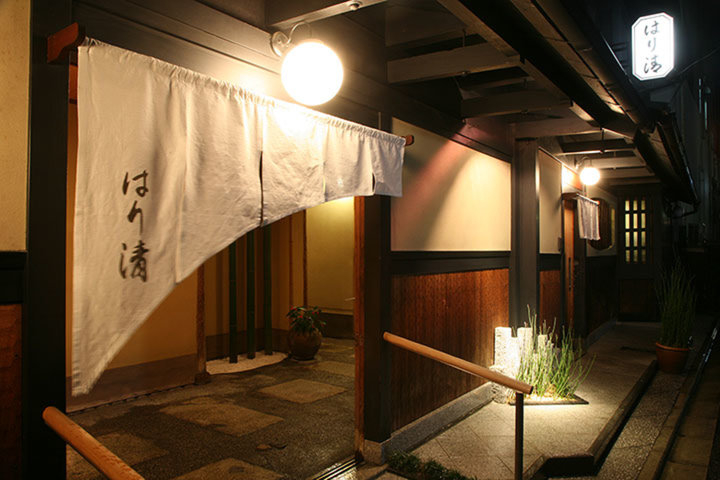
Photo: pocket-concierge.jp -
One of the oldest restaurants in Japan is the well-known oyakodon specialist Tamahide. It was established in 1760 and is renowned for creating a famous dish. Yamada Toku, a proprietress of Tamahide in her fifth-generation, pondered deeply. She took the leftover stock, grabbed an egg and a dish of rice, then began to expertly mix them together while drawing from the depths of her creativity and culinary skill.
In large part because to their oyakodon, Tamahide is still thriving today. The restaurant still serves delicious chicken sukiyaki, but the oyakodon is unquestionably the highlight.
Even though oyakodon is now widely available worldwide, Tamahide sets itself apart by using shamo, a species of chicken that is exclusive to Japan and was domesticated by the restaurant. The shamo is quite tasty and lean, albeit less delicate. Combining this with perfectly runny eggs, which they have been making for more than a century, produces an oyakodon that causes queues to form outside Tamahide's doors every day.Location: 1 Chome-17-10 Nihonbashiningyocho, Chuo City, Tokyo 103-0013, Nhật Bản
Phone: +81 3-3668-7651
Website: tamahide.co.jp
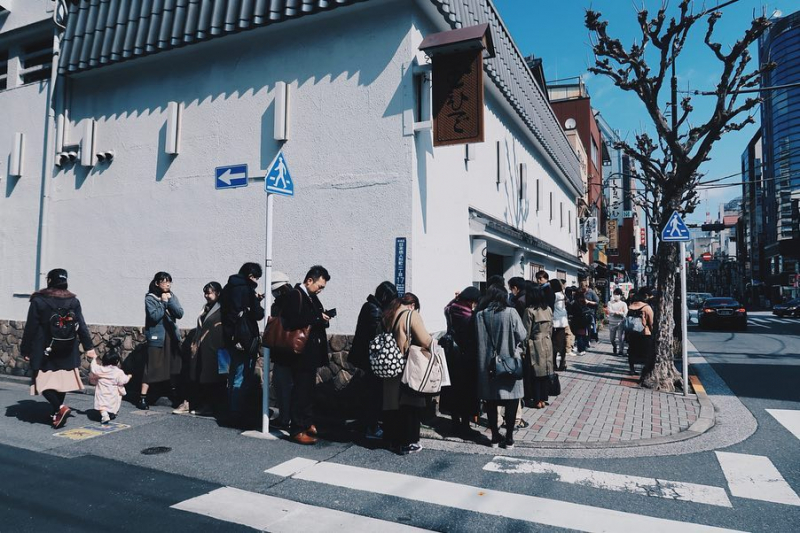
Photo: thesmartlocal.com 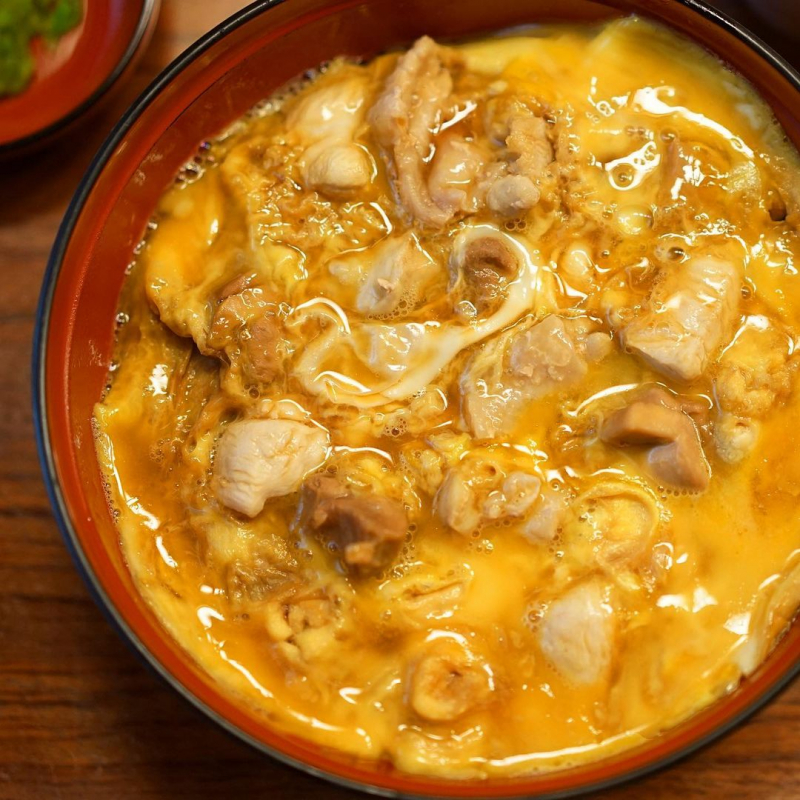
Photo: thesmartlocal.com










